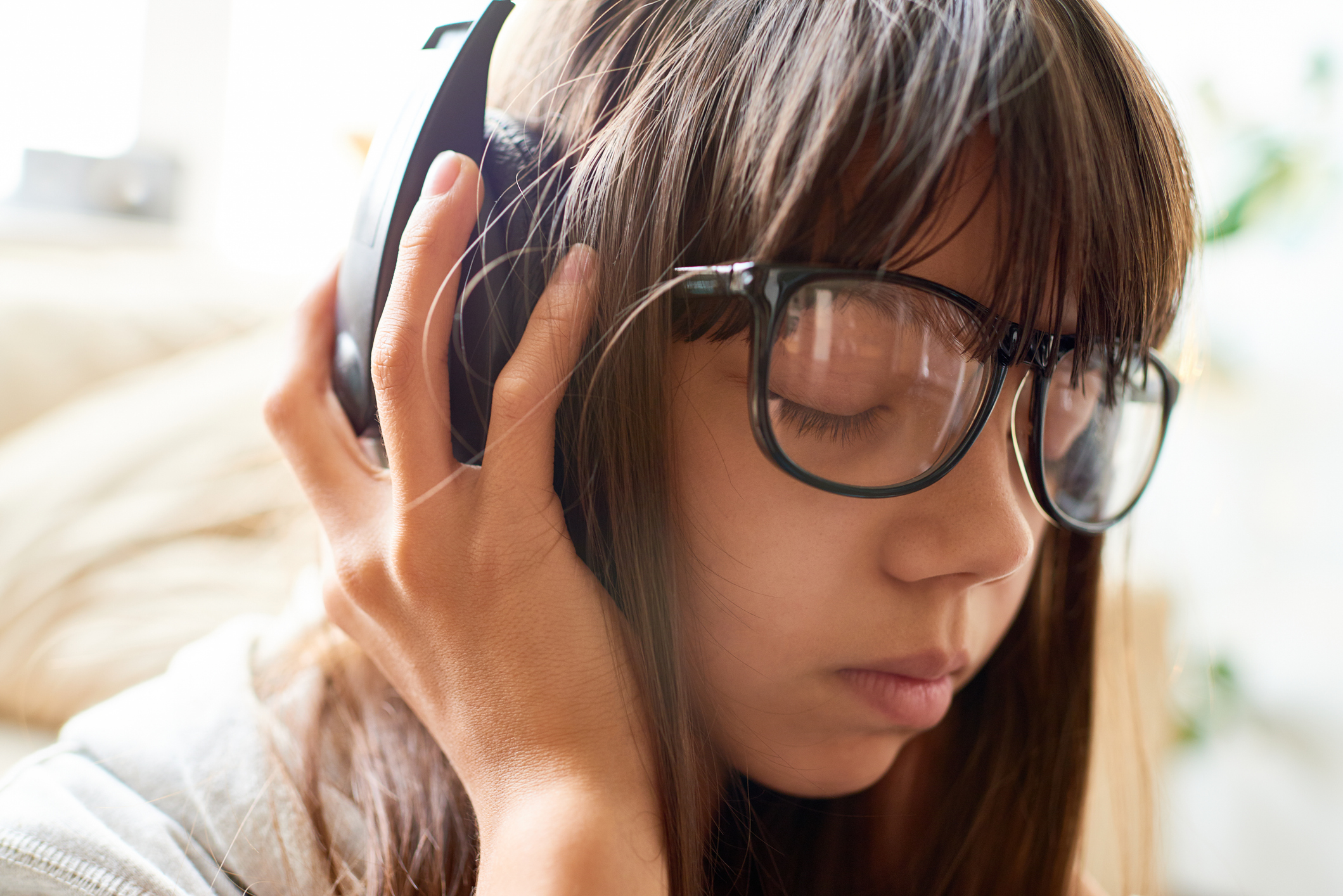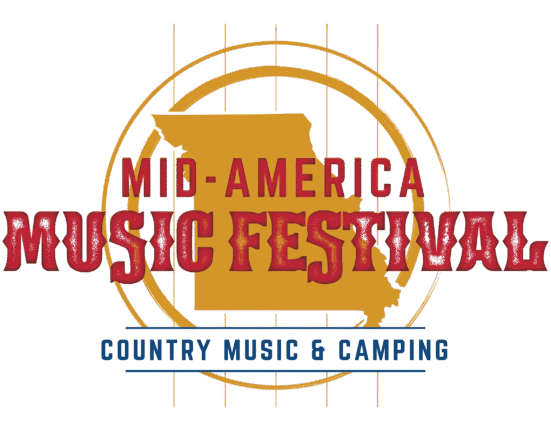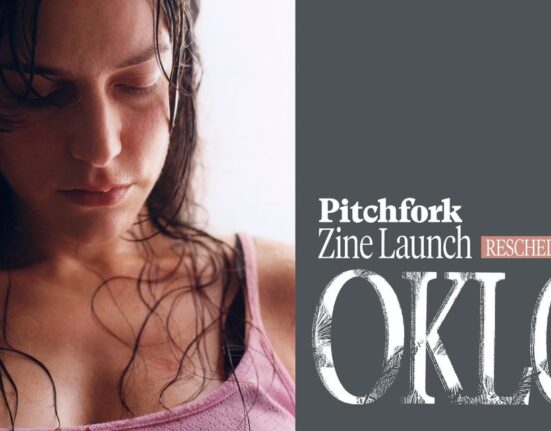“Crave” – the one word that sums up our inner desires. The mental desperation in our minds, that itch to grasp hold of something to subsidize the feeling of want. For some, it’s the overuse of drugs that numbs feelings. For others, that feeling of craving may be substituted by listening to music.
Listening to music is a stimuli – giving emotions directionality – whether it be inducing positive or negative feelings.
For some substance users, listening to certain music during usage increases the desire to continue to use that substance.
To test the theory of music on emotional craving, researchers asked study participants to choose their own “urge” songs, as well as “clean” songs, and monitored patients’ feelings after listening to each one.
In a report published in Sage Journals, “Music as an auditory cue for emotions and cravings in adults with substance use disorders,” researchers explained that listening to “urge” songs had increased participants’ desire to use the substance, while after listening to chosen “clean” songs, the desire to use substances had decreased.
Not only does this suggest the influence music has on emotional desires regarding addiction, but it opens the door to analyze song choices.
Many of the “urge” songs were found to contain lyrics or themes that glorified or highlighted substance abuse, while many of the “clean” songs did not contain any mention of substances.
This could suggest the implication pop culture has on life decisions, particularly user choices.
This pattern seen with the choice of music by many people with substance use disorders (SUDs) could be explained by the experience of dulled emotions associated with substance abuse.
That same article stated that people with SUDs have a less heightened sense of emotion when it comes to listening to music. The study had participants rate how they felt after listening to happy, sad, and relaxing music.
It was found that in SUD individuals; ratings of pleasure from happy music were lower than the control groups.
In fact, the SUD sample rated sad music more pleasant to listen to compared to the control sample.
This could be explained by the fact that many of the participants with SUDs may have had depression associated with substance abuse causing subdued emotional responses to the three different types of music sampled in the experiment.
` While it is not yet clear if music on its own can be an individual form of therapy, coupled with standard care practices, it could potentially assist with SUD treatments.
Given that music can both increase and decrease cravings in individuals struggling with addiction, its effects on increase in cravings for some people can be used as cue therapy.
In cue therapy, individuals receive repeated exposure to a stimulus that increases desire to use a specific substance. For example, listening to urge music could be used as cue therapy to assist with combating substance using thoughts, essentially desensitizing the person from the urge to use triggered by that specific song.
Additionally, any songs that induced high emotional valence could be used to train people with subdued emotional responses to eventually reach normal levels of emotional feeling.
Seeing its effects, music may be the key to future therapies assisting in the treatment for SUDs.
This article was written as part of a program to educate youth and others about Alameda County’s opioid crisis, prevention and treatment options. The program is funded by the Alameda County Behavioral Health Department and the grant is administered by Three Valleys Community Foundation.












Leave feedback about this